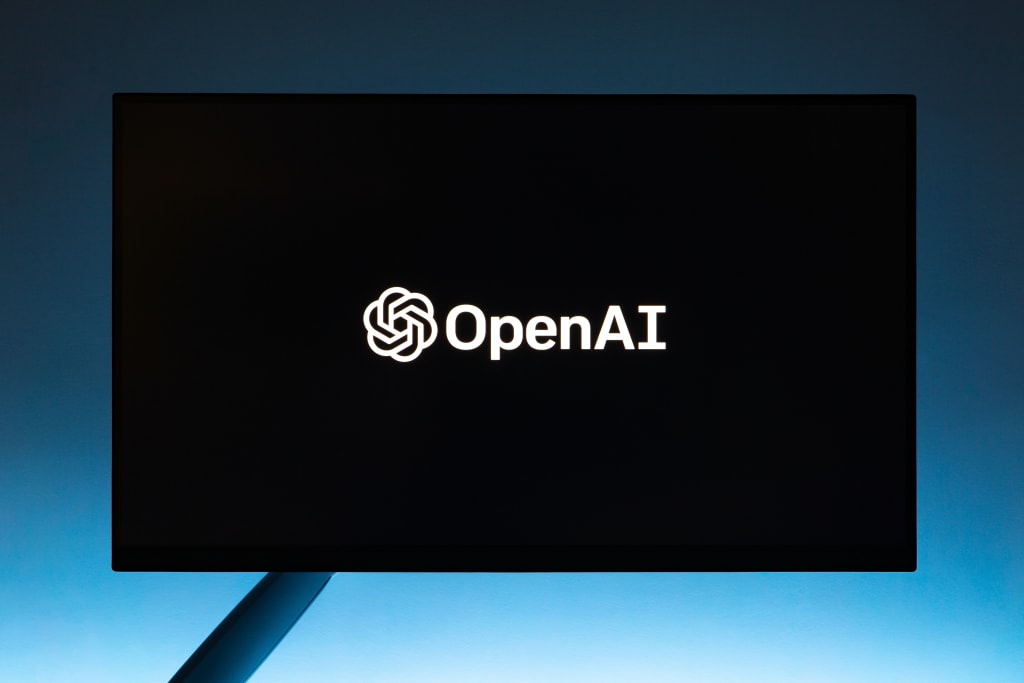GPT-4: The Next Generation of Language Models
Exploring the Potential Improvements, Applications, and Challenges of OpenAI's Latest Iteration

GPT-4: The Next Generation of Language Models
The development of natural language processing (NLP) technology has made it possible for machines to understand human language and respond accordingly. One of the most exciting advancements in this field has been the creation of language models, which are algorithms that can generate coherent text that mimics human language. One of the most popular and widely used language models is GPT (Generative Pre-trained Transformer), which was created by OpenAI. In this blog post, we will explore the next generation of this model, GPT-4.
What is GPT-4?
GPT-4 is the next iteration of the GPT language model. It is currently under development by OpenAI and is expected to be released in the near future. The model is expected to be an improvement on the already impressive capabilities of the previous GPT models.
Like its predecessors, GPT-4 will be a generative language model. This means that it will be able to generate text that is coherent and mimics human language. It will also be pre-trained on a large corpus of text, allowing it to understand the nuances and subtleties of language.
What are the improvements in GPT-4?
GPT-4 is expected to be a significant improvement over its predecessors in several ways. One of the key improvements is its ability to handle more complex tasks. While previous GPT models have been able to generate coherent text, they have struggled with tasks that require a deeper understanding of language, such as question-answering and summarization. GPT-4 is expected to be much better at these tasks, thanks to its increased capacity and more sophisticated training techniques.
Another area where GPT-4 is expected to excel is in its ability to understand and generate multi-modal content. This means that the model will be able to generate not just text, but also images, videos, and other forms of media. This is a significant development, as it will allow the model to generate much more engaging and interactive content.
Finally, GPT-4 is expected to be much faster and more efficient than its predecessors. This is thanks to improvements in the underlying architecture of the model, as well as advancements in hardware technology. This means that the model will be able to generate text and other content much more quickly, making it even more useful for a wide range of applications.
What are the potential applications of GPT-4?
GPT-4 is expected to have a wide range of applications across a variety of industries. Some of the potential applications of the model include:
Chatbots and virtual assistants: GPT-4 could be used to create chatbots and virtual assistants that are even more human-like and capable of handling complex tasks.
Content generation: GPT-4 could be used to generate content for websites, social media, and other digital platforms. This could include articles, videos, and other forms of media.
Language translation: GPT-4 could be used to improve language translation technologies, making it possible to translate more complex and nuanced language.
Medical diagnosis: GPT-4 could be used to analyze medical records and assist doctors in making diagnoses.
Education: GPT-4 could be used to create more engaging and interactive educational content, such as online courses and textbooks.
What are the potential challenges of GPT-4?
While GPT-4 is expected to be a significant improvement over its predecessors, there are still potential challenges that need to be addressed. One of the biggest challenges is ensuring that the model is not biased in its outputs. As with any machine learning algorithm, GPT-4 is only as unbiased as the data it is trained on. If the training data is biased in some way, this bias could be reflected





Comments
There are no comments for this story
Be the first to respond and start the conversation.